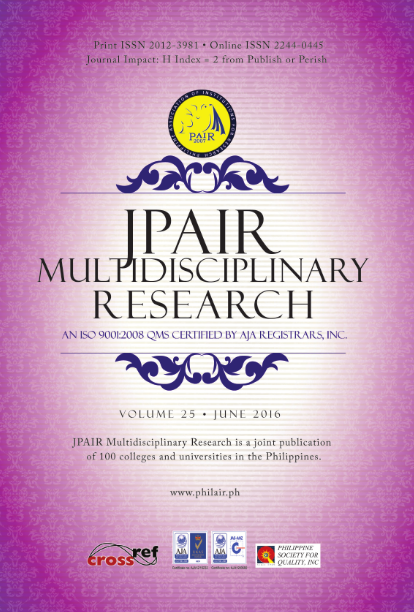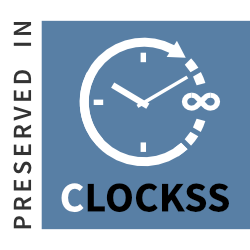Exploring the Emerging Challenges and Benefits of Information and Communication Technology for Education
DOI:
https://doi.org/10.7719/jpair.v25i1.389Keywords:
Education and social science, ICT4E, challenges and benefits, mixed methods, PhilippinesAbstract
Making sense of the challenges and benefits of Information and Communication Technology for Education (ICT4E) serves as a feedback to planners and implementers. In the context of ICT4E, the study attempted to describe the challenges, identify and determine the expected and observed benefits of the program. Mixed methods and the exploratory design strategy were used in gathering data. Data were analyzed through general inductive approach, thematic analysis, frequency counts, percentages, and ranks. Results revealed that informants pointed maintenance and sustainability, Internet connectivity, and use of an open source operating system as challenges in ICT4E. Teacher-participants identified insufficient funds to subsidize expenses, lack of internet connection, and regular power interruption as challenges in ICT4E. “Learning becomes fast and effective” (53.3%) and “active participation of students in class” (61.7%) were the top expected and obtained benefits from ICT4E, respectively. Based on the findings, it is recommended that before the implementation, policymakers, planners, and project implementers should deliberately anticipate the possible challenges in integrating ICT4E in public secondary schools. The participants should be empowered to have access, power, and control on ICT4E initiatives. This develops their sense of ownership towards any educational innovations.
Metrics
Downloads
References
Bergman, M.M. 2008. Advances in Mixed Methods Research Theories and Applications. SAGE Publications Ltd.
Downloads
Published
Issue
Section
License
Copyright (c) 2016 Louis Placido F. Lachica

This work is licensed under a Creative Commons Attribution-NonCommercial 4.0 International License.
Open Access. This article published by JPAIR Multidisciplinary Research is licensed under a Creative Commons Attribution-Noncommercial 4.0 International (CC BY-NC 4.0). You are free to share (copy and redistribute the material in any medium or format) and adapt (remix, transform, and build upon the material). Under the following terms, you must give appropriate credit, provide a link to the license, and indicate if changes were made. You may do so in any reasonable manner, but not in any way that suggests the licensor endorses you or your use. You may not use the material for commercial purposes.

























